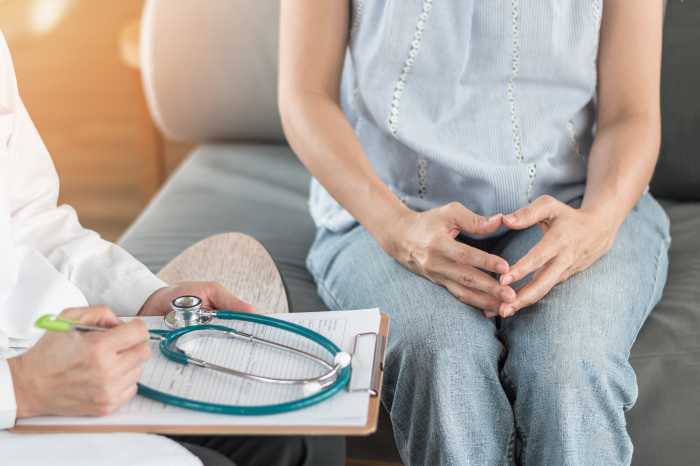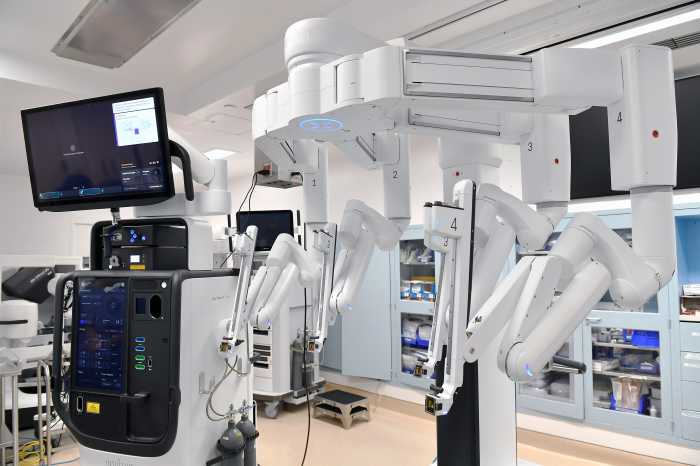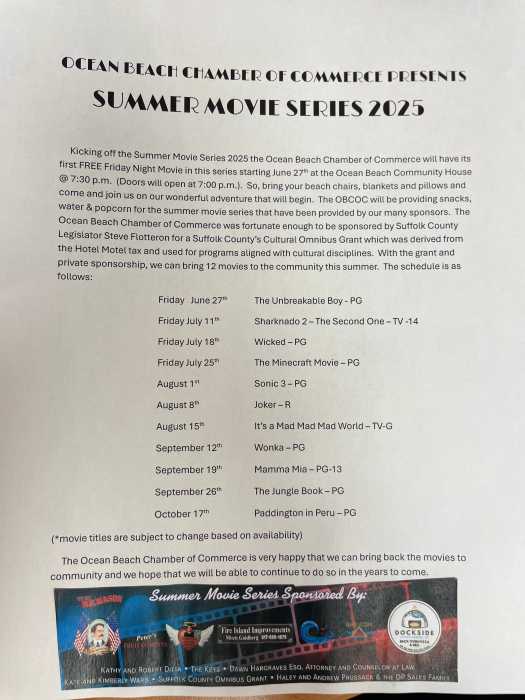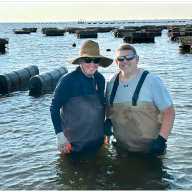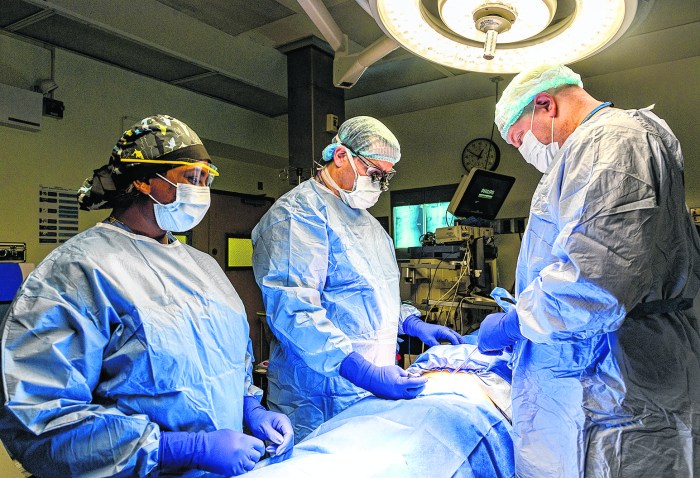For best breast health, self-awareness, rather than self-examination, is the new name of the game when it comes to breast cancer screening.
For many years, breast cancer experts advised women to do monthly breast self-exams at home to check for lumps or other abnormalities that could signal cancer. We used to think it was one of the best ways for women to be proactive about their breast health because it would help detect breast cancer early—when there are better treatment options and an increased chance of survival.
Today, we no longer recommend that women do breast self-exams, and that’s because extensive studies have shown that the practice doesn’t result in early detection or increased survival rates. What’s more, it can do harm by causing women to either have unnecessary biopsies or decide not to have regular breast screening exams because of a false sense of security.
If you want to be proactive about your breast health, here are the most important things you should do:
Practice breast self-awareness over self-exams
While you don’t have to systematically examine your breasts once a month, it’s important to be aware of what’s normal for you and know what changes you should look for so you can call them out to your doctor. Those changes are:
- A lump or hard knot in your breast or under your arm. Enlarged lymph nodes or glands under the arm can be caused by things other than breast cancer, but it’s still something to point out to your doctor.
- Swelling in your breast or under your arm, especially if it’s accompanied by warmth or redness of the breast. It might indicate an infection, but it can also be a sign of inflammatory breast cancer.
- Any dimpling or puckering of the skin on your breast.
- Any nipple change, including itchiness, scaling, a rash, or an inverted nipple.
- A change in the size or shape of one breast compared with the other
- Nipple discharge that starts suddenly and spontaneously (meaning it happens without squeezing) and occurs in just one breast. A discharge that’s bloody, pink, or clear is more worrisome than if it’s greenish or brown
- Breast pain that occurs in one spot in one breast and doesn’t go away.
Understand Your Risk
Every woman should know whether she’s at average or high risk because screening recommendations differ depending on your category. The average woman has a one in eight chance (or roughly 13% risk) of developing breast cancer in her lifetime. Women who have a greater than 20% lifetime risk of developing breast cancer are considered at high risk.
To determine your risk, you need to know your family history of cancer on both your mother’s and father’s side. And it’s not just breast cancer. Other types of cancers, including ovarian, prostate, and pancreatic cancer, can share a genetic link to breast cancer. Your family history is important information to discuss with your doctor because you may benefit from genetic testing.
Get Screened
Regular screening for breast cancer is an essential part of being proactive about your breast health. Studies have shown that having annual mammograms beginning at age 40 reduces your risk of breast cancer death by 40%. Mammography can also find cancers when they’re small and easier to treat.
Women at average risk are advised to have yearly mammograms beginning at age 40, but if you’re at high risk, you may need to start having them at age 30 or even younger, depending on your risk factors. High-risk women are often advised to have regular breast MRIs in addition to mammograms. And if you have dense breasts, which is a risk factor for breast cancer and can also make mammograms harder to read, you may need to have regular screening ultrasounds in addition to mammograms.
When reviewing your mammogram, the radiologist will compare those images to your previous mammograms. If you go to a new center, it’s extremely important that you bring those prior studies with you (not just the written report but the images, too) so that we can look for very subtle changes that can happen from one year to the next.
Make Healthy Lifestyle Choices
Some risk factors for breast cancer are out of our control—such as advancing age or having a family history. But there are other things you can do that can help reduce your risk of developing breast cancer, and these include maintaining a healthy weight, being physically active, not smoking, and limiting your alcohol intake.
So, care for yourself and be your own best advocate.





